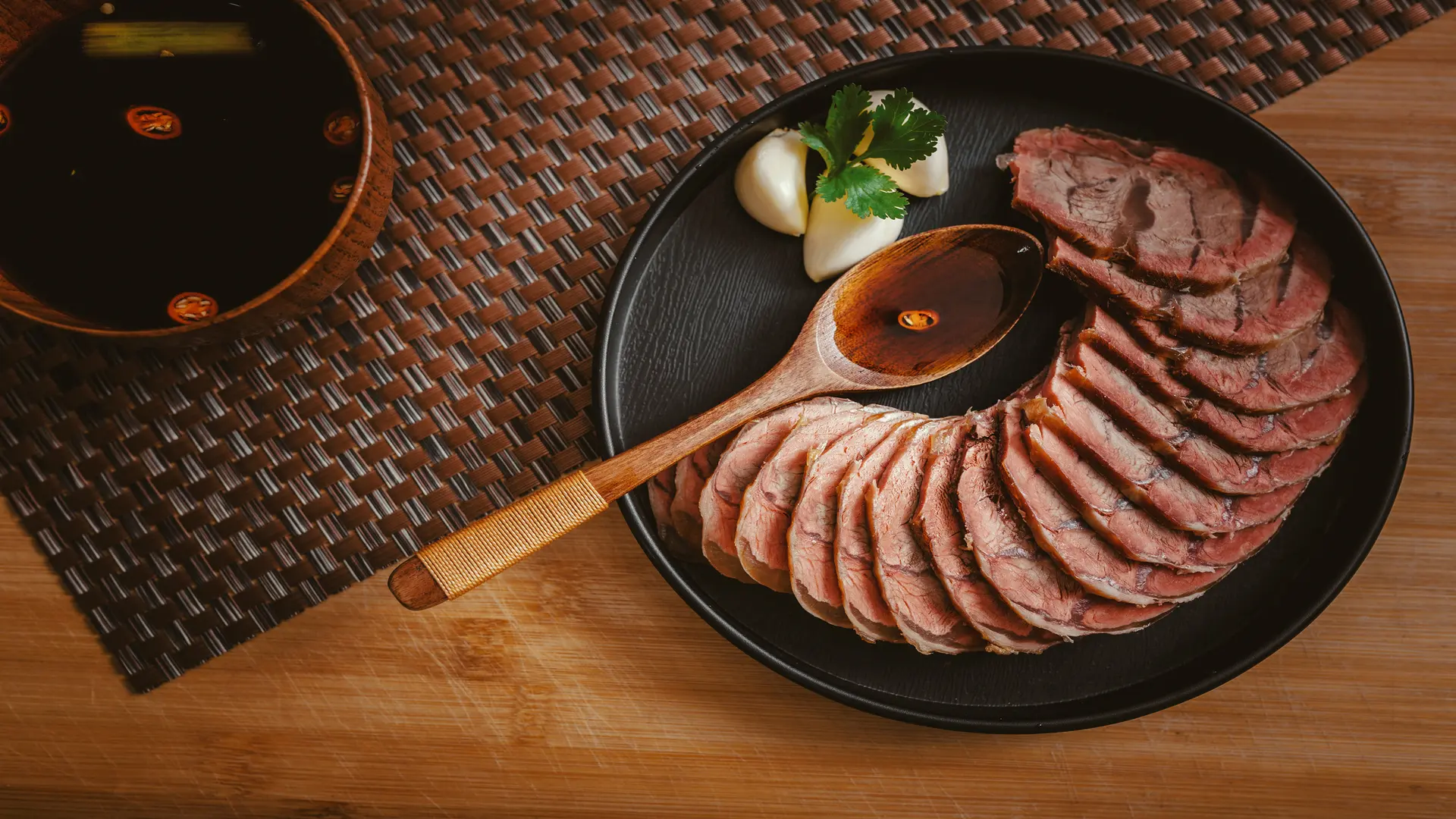The Flavorful Legacy of Lanjian Beef: A Culinary Gem from Suzhou, 안후이
소개:
요리 전문가로서, I am always in pursuit of the most authentic and traditional flavors that a region has to offer. In the heart of Anhui Province, the city of Suzhou boasts a delicacy that has stood the test of time – Lanjian Beef. 이 요리는 단지 식사가 아닙니다; it is a testament to the culinary heritage of the region, a非物质文化遗产 (Intangible Cultural Heritage) that has been passed down through generations.
기원과 문화적 배경:
Lanjian Beef hails from the town of Lanjian in Suzhou, 안후이, where it has been a staple for centuries. The dish is deeply rooted in the local culture, often associated with festivals and family gatherings. It is said that the technique of preparing Lanjian Beef was developed during the Ming Dynasty, and since then, it has been a symbol of hospitality and prosperity in the region.
성분과 준비:
The key to Lanjian Beef’s distinct flavor lies in its meticulous preparation. The dish is made using high-quality beef, specifically the shank and brisket cuts, which are known for their rich marbling and tenderness. The beef is first marinated with a secret blend of spices and herbs that have been finely tuned over the years to create a perfect balance of flavors.
The marinating process is followed by a slow braising in a traditional red卤 (red broth) made from soy sauce, rock sugar, various spices, and a special type of red koji rice that gives the dish its signature color and depth of flavor. This slow cooking method, known as 红卤慢炖 (red braising), allows the meat to become incredibly tender while absorbing the rich flavors of the broth.
질감과 외관:
The final product is a sight to behold. The beef is presented with a deep, reddish-brown hue, glistening with the essence of the broth. The texture is tender yet firm, the connective tissues having broken down into a gelatinous consistency that adds to the overall mouthfeel. Each piece of Lanjian Beef is a study in contrast, with the outer layer slightly chewy and the inner portion melting in your mouth.
Representative Dishes and Cuisine:
Lanjian Beef can be enjoyed on its own as a standalone dish, or it can be incorporated into various regional specialties. It is often sliced thin and served cold with a side of dipping sauce, or it can be used in hot dishes such as stir-fries, noodle soups, and rice dishes. The versatility of Lanjian Beef makes it a staple in Anhui cuisine, adaptable to both simple and elaborate meals.
요리 특성:
What sets Lanjian Beef apart is its unique combination of tenderness, depth of flavor, and cultural significance. The非遗技艺 (Intangible Cultural Heritage) behind its preparation is a testament to the culinary artistry of the people of Suzhou. The dish is not just about the taste; it is about preserving a tradition that has been a part of the community for centuries.
결론적으로, as a food practitioner, I am honored to share the story of Lanjian Beef with the world. It is a dish that embodies the spirit of Anhui’s culinary culture, a dish that is as much about the journey as it is about the destination. Whether you are a food enthusiast seeking new flavors or a historian curious about the culinary past, Lanjian Beef is a journey worth embarking on.
